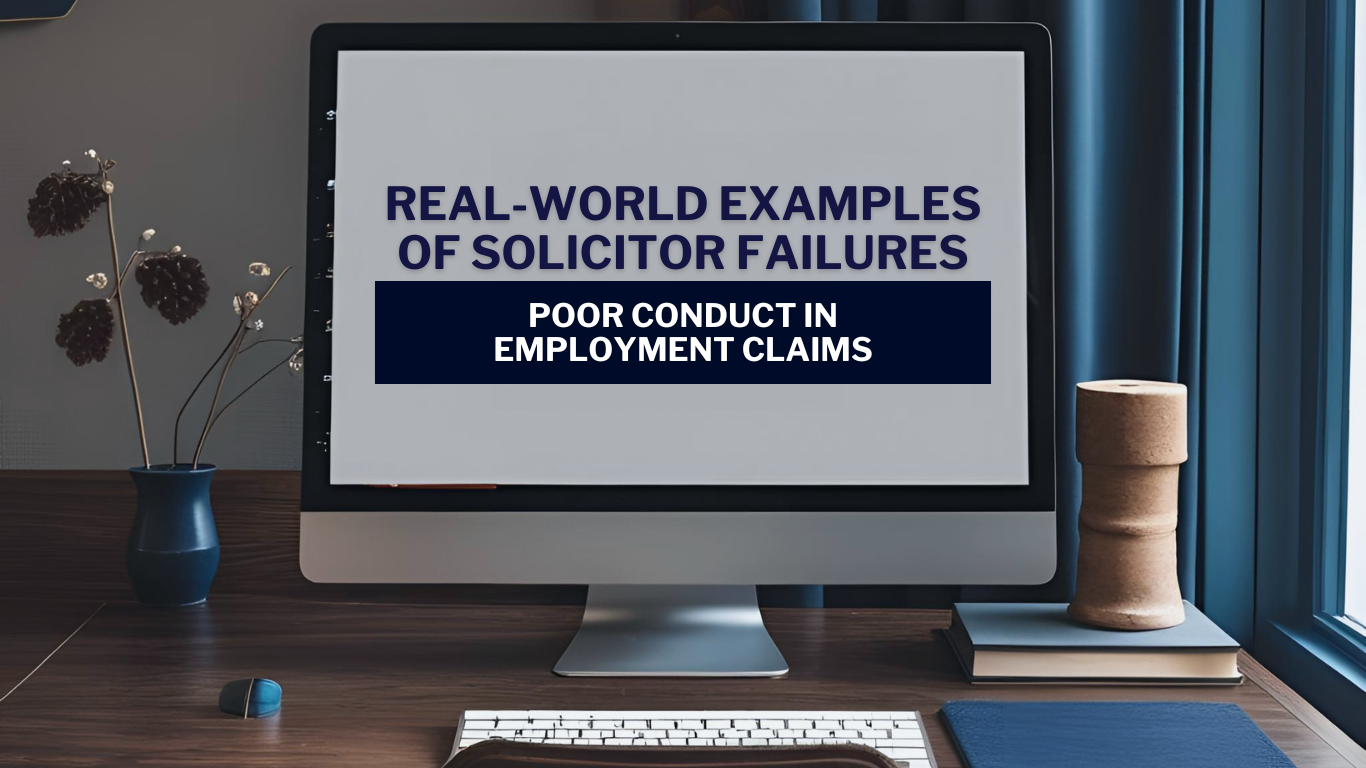Article by Healys' Corporate & Commercial team & Stephanie Kushanu (Dispute Resolution).
Restoring a company on the register at Companies House can be a vital step for business owners looking to regain their company’s legal status and operations after it has been struck off. We have set out below a brief guide providing an overview of the key steps and requirements involved in the restoration process, helping interested parties navigate the complexities of re-establishing a company’s legal standing in the UK.
Why restore a company?
There may be numerous reasons for restoring a dissolved company:
- Recovery of assets: If a company was struck off while holding assets (such as bank accounts in funds or real estate property), its assets become “ownerless property” and automatically pass to the Crown on dissolution. The restoration process can be used to recover these assets from the Crown, enabling them to be transferred out of the Company’s ownership.
- Accidental strike-off: Companies which fail to submit the annual Confirmation Statement or their annual accounts by the filing due date face the risk of compulsory strike-off. This may have been an unintentional result for the directors of the company and the process of restoration allows this issue to be rectified.
- Pursue legal action: A dissolved company may have a legal claim against it which arose prior to its dissolution and pursuit of the legal action is only possible if the company is active.
- Continuing business operations: Directors or shareholders may wish to continue trading through the previously dissolved entity.
Types of company restorations
There are two methods to restore a company in the UK:
- administrative restoration; and
- court ordered restoration.
Administrative restoration
Administrative restoration can be used where:
- The application is made by a director or shareholder.
- The company was compulsorily struck off the register and dissolved by the Registrar of Companies House within the last 6 years.
- The company was trading at the time it was dissolved.
In all other cases, the court-ordered restoration process will be necessary.
The requirements for administrative restoration are:
- a completed application form for administrative restoration (form RT01);
- a cheque covering the application fees and all outstanding fees and penalties of the dissolved company, payable to Companies House;
- the submission of all outstanding documents, such as the annual accounts or confirmation statements which should have been filed before the company was dissolved; and
- if the company had assets prior to dissolution, a waiver letter issued on behalf of the Crown stating that there is no objection to the application for administrative restoration (commonly known as a bona vacantia waiver letter).
To apply for a bona vacantia waiver letter in England and Wales, the company must have:
- been dissolved within the last six years;
- been compulsorily struck-off by Companies House; and
- had assets in England and Wales.
The application will be addressed to the Treasury’s Solicitor, unless the company is outside the Treasury Solicitor’s jurisdiction. This applies if the company’s registered office is in Cornwall, Lancashire, Merseyside or parts of Greater Manchester, Cheshire and Cumbria, known as the Duchies of Cornwall and Lancaster. In such instances, the recipient of the application will be Messrs Farrer and Co.
The applicant also needs to pay an administrative fee of £64 for the bona vacantia waiver letter to be issued.
Court-ordered restoration
If a company was voluntarily dissolved, or generally where administrative restoration is not available, the only other option is to make an application to the court. Examples of those who are able to make an application include, but are not limited to, any of the following:
- a former director of the company;
- any person who, but for the dissolution of the company, would have been in a contractual relationship with it;
- any person with a potential legal claim against the company;
- a former member of the company (or their personal representative);
- any former liquidator of the company; and
- if the company was voluntarily struck off, any person of a description specified by regulations under s. 1006(1)(f) or s. 1007(2)(f) Companies Act 2006 (persons entitled to notice of application for voluntary striking off).
Like administrative restoration, the timeframe for court-ordered restoration is 6 years from the date of dissolution unless there is a claim against the company for damages for personal injury, in which case there is no time limit.
An applicant for restoration by Court order will need to:
- Make an application to the Court by way of a claim form and a supporting witness statement providing background for the claimant’s right to make the application, the reasons why the company was struck off and the reasons why restoration is being sought.
- Pay the Court fee as part of the application. This is currently £318.
- Serve the claim form on the Registrar of Companies and the Treasury Solicitor.
- Obtain the bona vacantia waiver letter from the Treasury Solicitor providing that no objection will be raised by the Crown to the order being made and prepare a written statement in support of this.
- Pay the costs of the Registrar of Companies.
- Sign a draft Order and Form of Undertaking (if appropriate) provided by the Treasury Solicitor.
- Serve the sealed Order on the Registrar of Companies once the Court provides it.
The effect of restoration
Both in the case of administrative restoration and court ordered restoration, a successful application will restore the company on the Register of Companies on Companies House and the company will be treated as if it had never been dissolved. This means that, form the date of restoration:
- it must maintain all its statutory filings so that they are up to date;
- it may resume trading; and
- it can deal with any assets or claims that were left unresolved.
In relation to the assets held by the company prior to dissolution, it is worth noting that the Crown may choose to sell or disclaim assets which have become bona vacantia before the commencement of restoration proceedings. In these instances:
- if the Crown has sold the assets, the company will only be entitled to be paid compensation, typically equal to the asset’s sale value minus the Crown’s costs; or
- if the Crown has disclaimed the assets, it may be possible to regain ownership of the disclaimed assets, although this depends on the specific circumstances surrounding the disposal.
Contact the Healys Corporate team for assistance in administrative restoration or the Healys Dispute Resolution department for advice on court ordered restoration.

